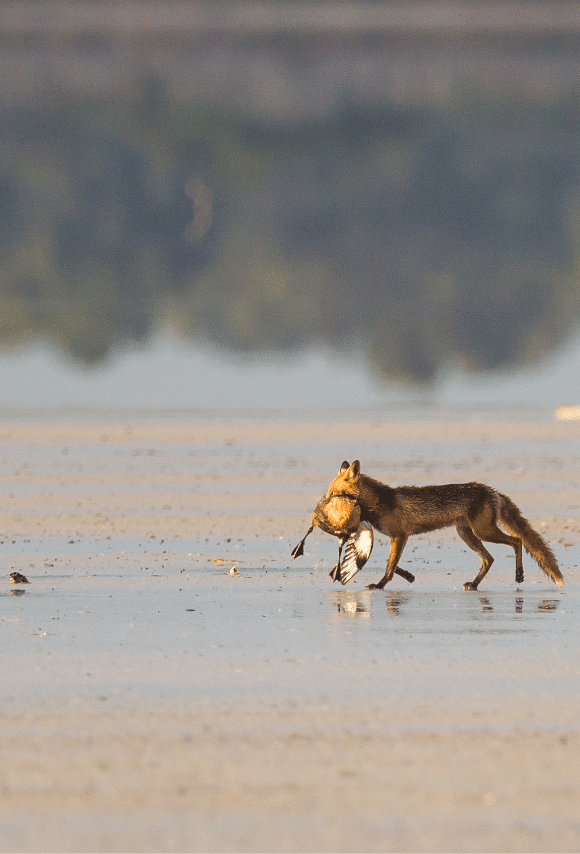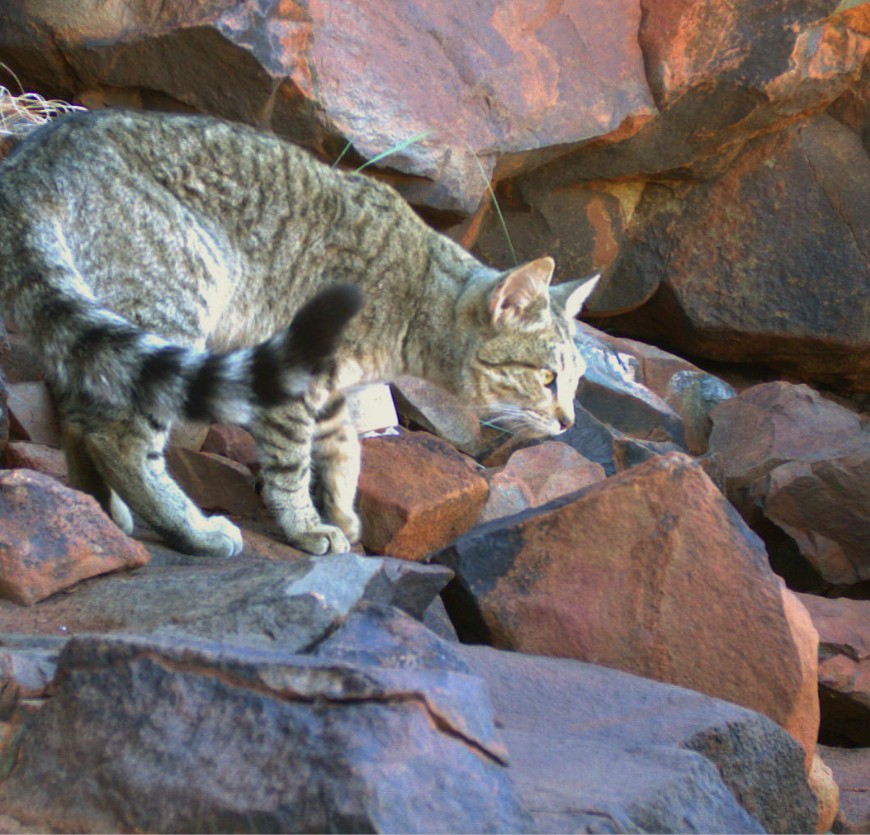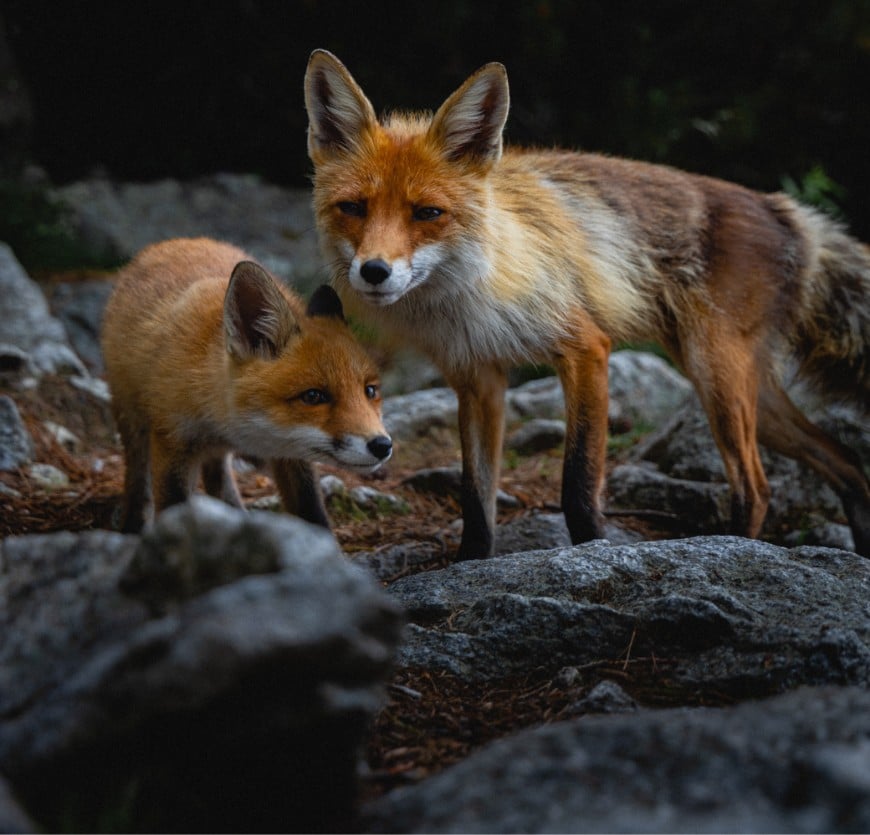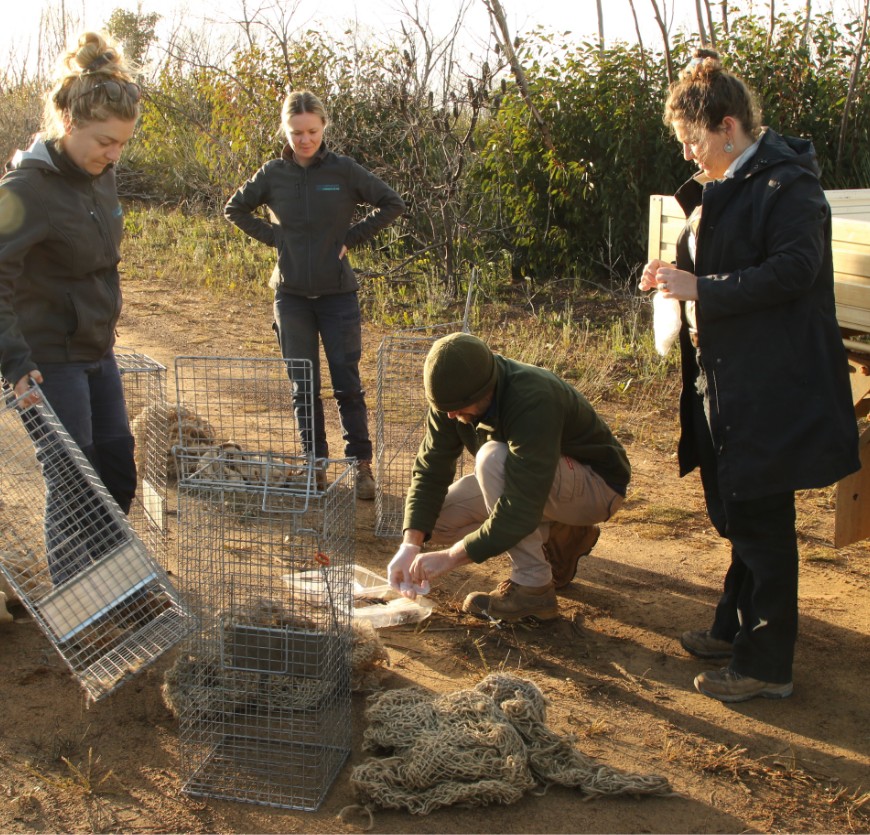Working together to effectively manage the impacts of feral cats and foxes
Did you know foxes and cats are not native to Australia?
Cats and European foxes are not native to Australia. These two invasive, introduced predators pose a major threat to Australia’s unique wildlife, agricultural industry and human health.
Combined, they have played a significant role in 32 of the 46 native mammal, bird and reptile extinctions since European settlement and are a key threat to hundreds more.
Annual losses to agriculture through predation and disease, particularly for sheep farmers, are estimated to cost more than $51 million from fox impacts and $12 million from feral cats (diseases only).
Since 2021, the Australian Government has provided funding to the Centre for Invasive Species Solutions to host a National Feral Cat and Fox Management Coordinator and program to work with farmers, land managers, communities, and others to communicate about, and drive the adoption of, humane and effective feral cat and fox control on a national, regional and local scale. The program aims to help people to understand the best ways to control feral cats and foxes, and support community-led, coordinated, collaborative management programs.
This website gives you information about the impacts of feral cats and foxes, the tools available to manage them, useful resources, upcoming events, and how we can work together to make a difference.
Top tile photos: Judy Dunlop, free stock image, National Feral Cat and Fox Management Coordination Program

Photo: Jukka Jantunen



